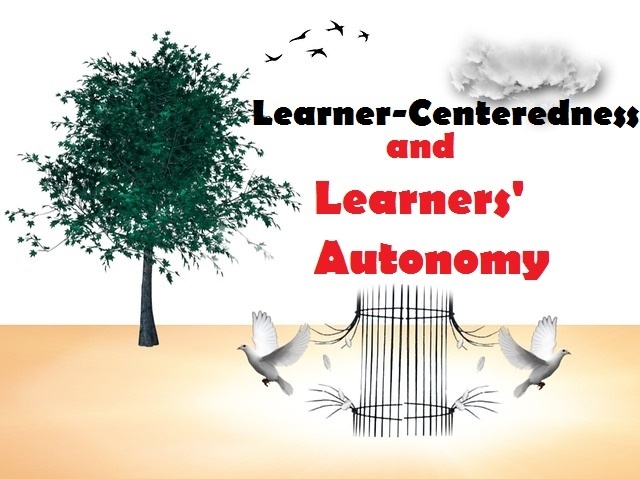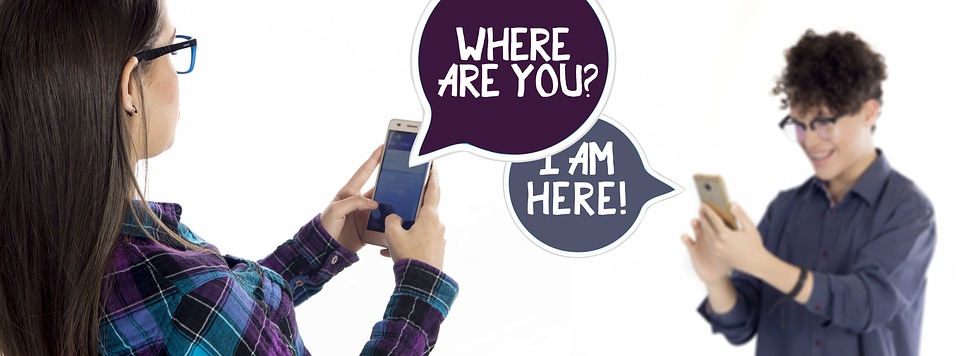Dealing with disruptive student behavior is something most teachers encounter regularly. These behaviors can throw off the whole classroom vibe, impacting not just the student causing the disruption but everyone around them. In this article, we’ll cover ten practical strategies teachers can use to manage and reduce disruptions, helping create a positive and productive learning space for everyone.
1. Set Clear Rules and Expectations
Right from the start, it’s important to lay down clear, simple, and realistic rules. Students should understand what’s expected of them and what will happen if those expectations aren’t met. Being consistent with these rules helps maintain a respectful and orderly environment.
2. Encourage Positive Behavior
Recognizing and rewarding good behavior goes a long way. When students know their positive actions will be noticed and appreciated, they’re more likely to repeat them, helping create a classroom culture where good behavior is the norm.
3. Build Empathy and Understanding
Sometimes, disruptive behavior is a sign of deeper issues, like personal struggles or learning difficulties. Taking time to understand the root cause can help teachers provide the right support and possibly prevent future disruptions.
4. Use Non-Verbal Cues
Small disruptions don’t always need a big reaction. A simple look or hand signal can let a student know they’re off track without derailing the lesson for everyone else.
5. Give Students Choices
Offering choices gives students some control over their actions. When they feel involved in decision-making, they’re more likely to make better choices, leading to fewer disruptions.
6. Create a Quiet Zone
A quiet zone is a designated space where students can take a moment to calm down or refocus. It’s especially useful for those who may get overwhelmed and need a break to reset.
7. Use Time-Outs Thoughtfully
When done right, time-outs aren’t about punishment. They give students a chance to cool off, think about their behavior, and consider better choices next time. Make sure to explain the purpose so they understand it’s a chance to reflect, not a punishment.
8. Nurture a Positive Classroom Atmosphere
A positive, welcoming classroom makes a big difference. When students feel safe, valued, and part of a community, they’re less likely to act out. Encouraging respect and teamwork can help build that sense of belonging.
9. Keep Parents in the Loop
Connecting with parents or guardians about their child’s behavior can offer helpful insights. Regular communication creates a team approach, ensuring everyone is on the same page and working together to address any issues.
10. Reflect and Adapt
Not every strategy will work for every student or situation. Reflecting on what works and tweaking your approach when needed is key to managing a classroom effectively.
In the end, handling disruptive behavior takes a mix of clear expectations, empathy, and flexibility. By using these techniques, teachers can create a classroom environment where all students can thrive.







